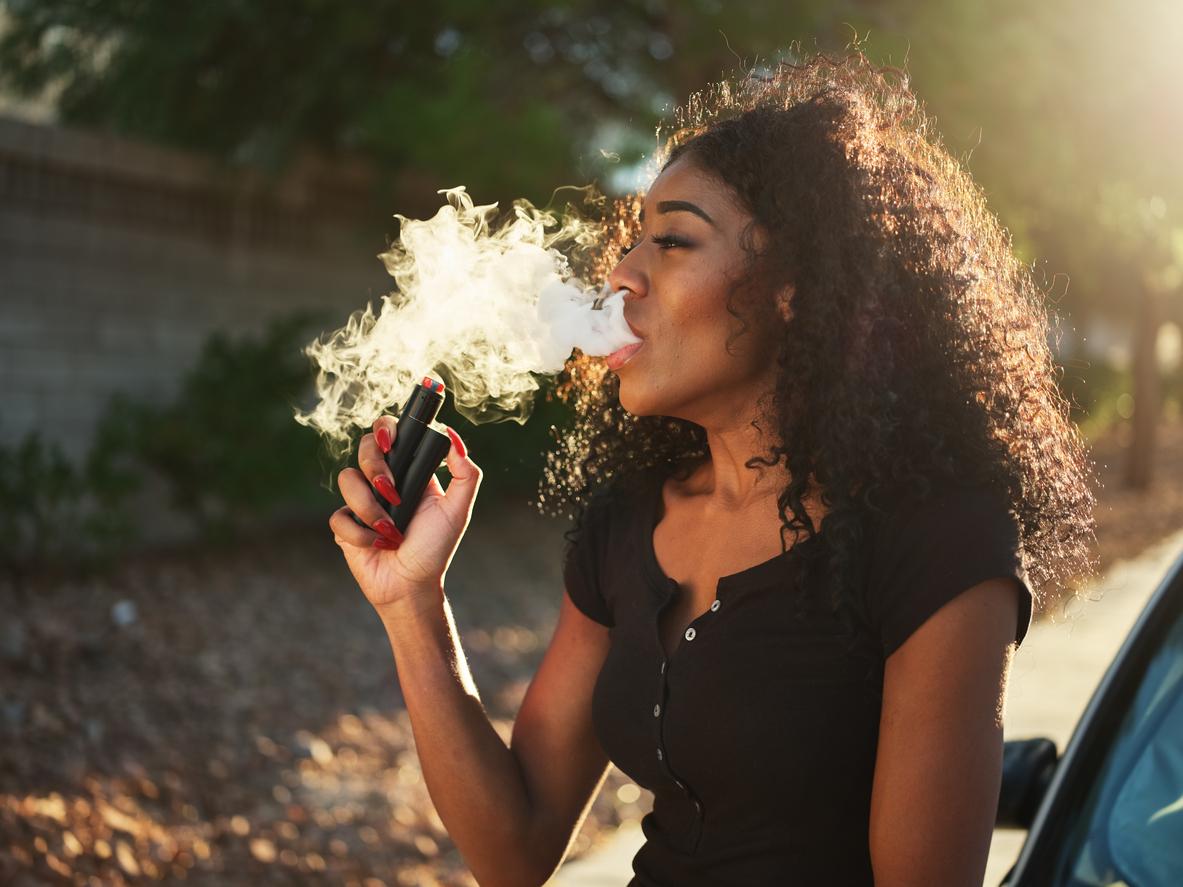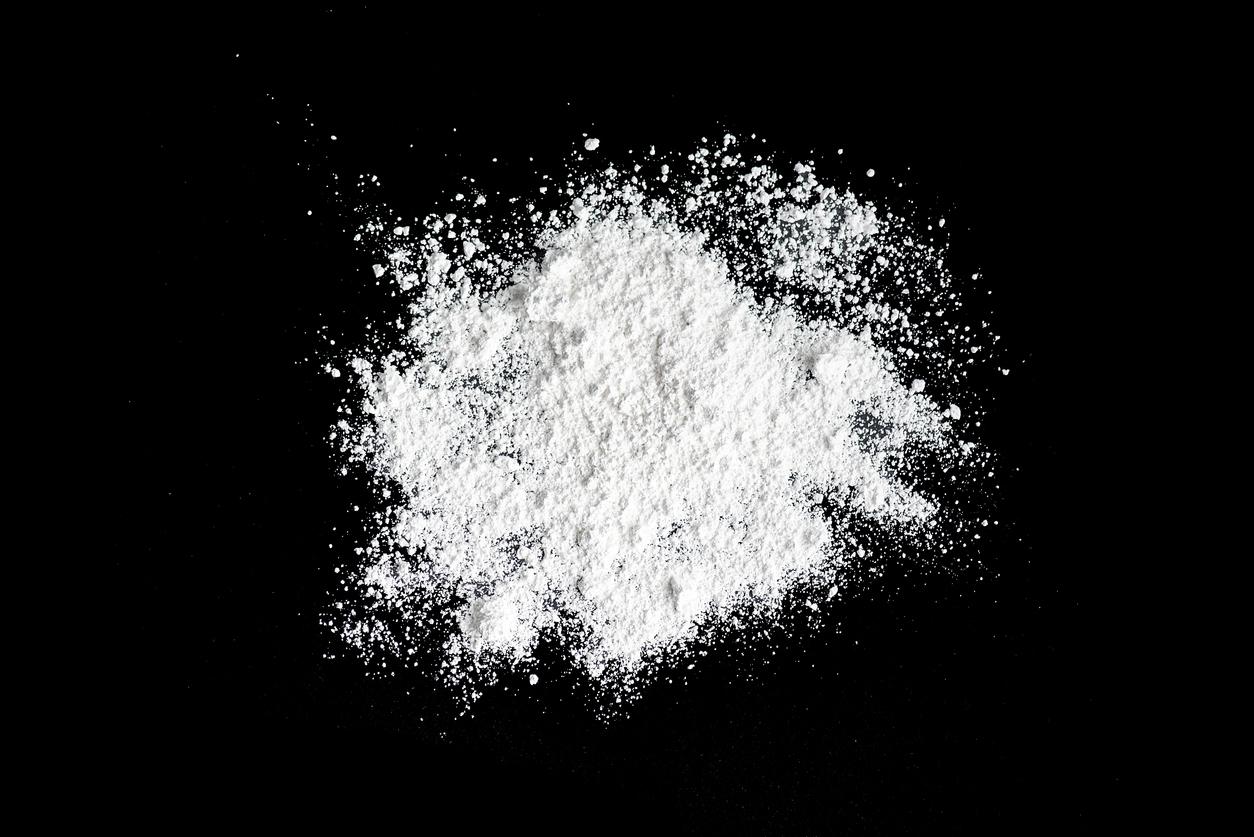While they contain toxic products, the inks used in tattoos are not subject to any regulations. Dermatologists are campaigning for strict control.

The tattoo artists have lost their colors at this announcement: from 1er January 2014, 9 tattoo inks out of the 10 existing will be banned. It is a decision of theMedicines Safety Agency (Ansm), in a decree of March 6. Only black, white, gray, green and blue should pass through the cracks, but in limited hues.
Toxic metals and hydrocarbons
Until then, no legislation regulated tattoo inks. This law fills a total void, as explained by Dr Jean-Luc Rigon, dermatologist-allergist in Nancy (Meurthe-et-Moselle), contacted by why actor : “We have no information on the composition of tattoo inks. The yellows, reds, blues and greens contain additives that are not known. If it had been drugs, it would never have been accepted. “
Red, according to the National Union of Dermatologists (SNDV), is one of the most dangerous colors in tattooing. But all inks do indeed contain toxic metals (cobalt, chromium, copper, antimony, etc.) and sometimes hydrocarbons, some of which are directly derived from petroleum, the union stressed last January. “If your doctor wanted to inject you with something you didn’t know, you wouldn’t accept it. It’s the same for a tattoo, ”illustrates Dr Rigon.
An unjustified “privilege”
the National Union of Tattoo Artists (SNAT) denounces him an “umbrella” that the ANSM brandishes to protect itself. They say they are threatened as a profession by such a decision. “We have nothing against tattoo artists, they are artists. What poses a problem are the products that are injected and the manufacturers who do not reveal the components they use, ”objected Dr. Jean-Luc Rigon. In the absence of information on the composition of inks, they should be considered dangerous. This is the position of SNDV and ANSM, according to the precautionary principle that applies in human medicine. “For drugs, for food coloring, for cosmetics, the components must be detailed. Why would tattoo inks have a pass? Asks Dr Rigon. Indeed, the food coloring must meet European standards and various criteria of quality and purity.
The risks of a tattoo are real and vary depending on the inks used. Colors, for example, are more allergenic than pure black. And poor quality ink can have much more serious health effects. “Sometimes you get tattoo ink in the lymph nodes when it has nothing to do with it,” says Dr Rigon. We can therefore imagine that the ink alters the organism. Dr Jean-Luc Rigon gives the example of tattoos done in prison: smoke black, carcinogenic, is used. French miners have long developed tumors in the testes, caused by carbon black. “In smokers, the carbon black goes down into the lungs and that’s not good either. Imagine if you inject it under the skin. “
Control manufacturers
The problem is located well upstream of the tattoo, at the time of the composition of the tattoo inks. The opacity is total. Tattoo artists object that tattooing has been practiced for thousands of years without health problems. But chemistry has developed massively over the past few decades, including in the field of inks. “You shouldn’t be afraid of heavy chemicals just for diesel-type products,” says Dr Rigon. “It is possible that these are the same products that are injected under the skin. The ANSM therefore decided: in ignorance, it is better to ban.
The solution would be to treat tattoo inks like health products. The solution seems all the more appreciable since the tattoo products are also under the control of the ANSM. Imposing transparency on ink manufacturers is the first step, according to Dr Rigon: “First, you have to know the components of the inks. Then it is necessary to verify that the components are authorized in human medicine. If they have never been used before, they should be tested by independent laboratories, such as for a drug or cosmetic. It is common sense. “
By repeating the same procedure as for a health product, and by imposing health checks, the world of tattooing would be secure. This is the case in Switzerland, where products must comply with federal legislation (components, packaging rules, etc.). Deciding on the colors is therefore a good starting solution … but a background work must be done before the tattoo parlor.
.

















